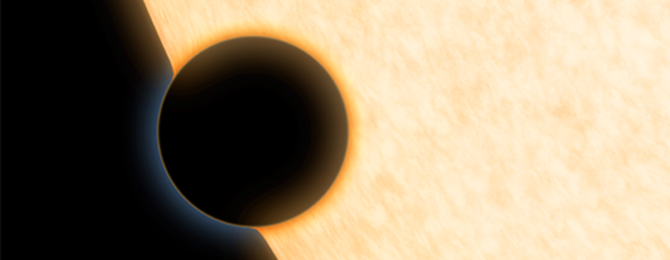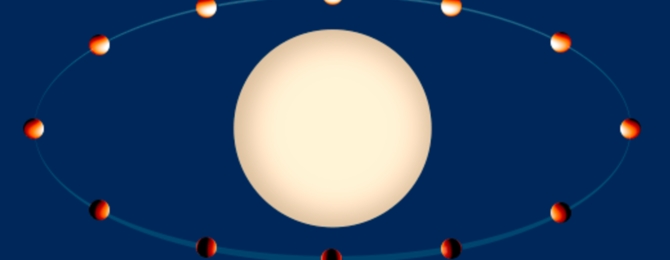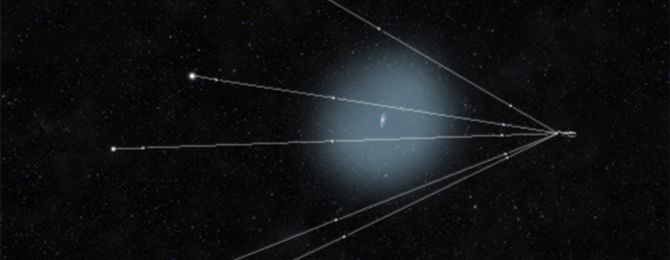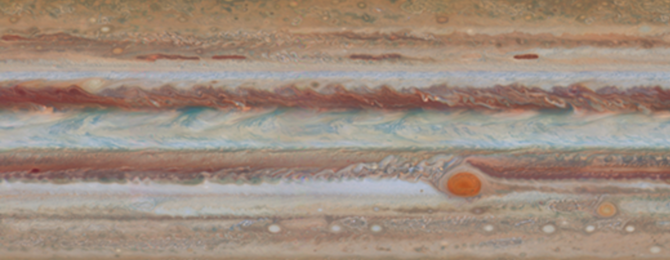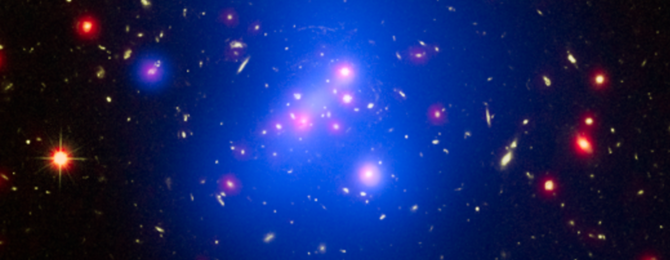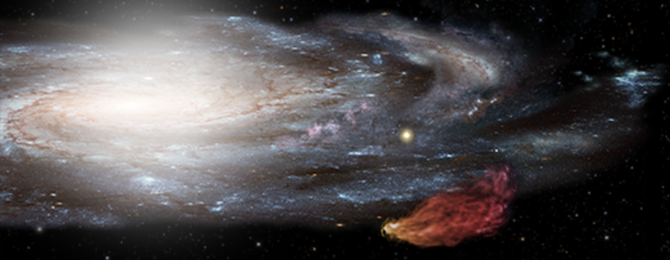Robby
Helper Bot
Hubble Stretches Stellar Tape Measure 10 Times Farther into Space

Astronomers continue refining the precision of distance measurement techniques to better understand the dimensions of the universe. Calculating the age of the universe, its expansion rate, and the nature of dark energy all depend on the precise distance measurements to stars and galaxies. If the astronomical yardsticks are off, the astronomical interpretation may be flawed. The most reliable method for making astronomical distance measurements is to use straightforward geometry where the 186-million-mile diameter of Earth's orbit is used to construct a baseline of a triangle, much as a land surveyor would use. If a target star is close enough, it will appear to zigzag on the sky during the year as a reflection of Earth's orbit about the Sun. This technique is called parallax. The stars are so far away that the angle of this parallax shift is incredibly tiny. An innovative new observing technique has extended Hubble's yardstick 10 times farther into our galaxy, out to a distance of 7,500 light-years from Earth.
(More at HubbleSite.com)

Astronomers continue refining the precision of distance measurement techniques to better understand the dimensions of the universe. Calculating the age of the universe, its expansion rate, and the nature of dark energy all depend on the precise distance measurements to stars and galaxies. If the astronomical yardsticks are off, the astronomical interpretation may be flawed. The most reliable method for making astronomical distance measurements is to use straightforward geometry where the 186-million-mile diameter of Earth's orbit is used to construct a baseline of a triangle, much as a land surveyor would use. If a target star is close enough, it will appear to zigzag on the sky during the year as a reflection of Earth's orbit about the Sun. This technique is called parallax. The stars are so far away that the angle of this parallax shift is incredibly tiny. An innovative new observing technique has extended Hubble's yardstick 10 times farther into our galaxy, out to a distance of 7,500 light-years from Earth.
(More at HubbleSite.com)




